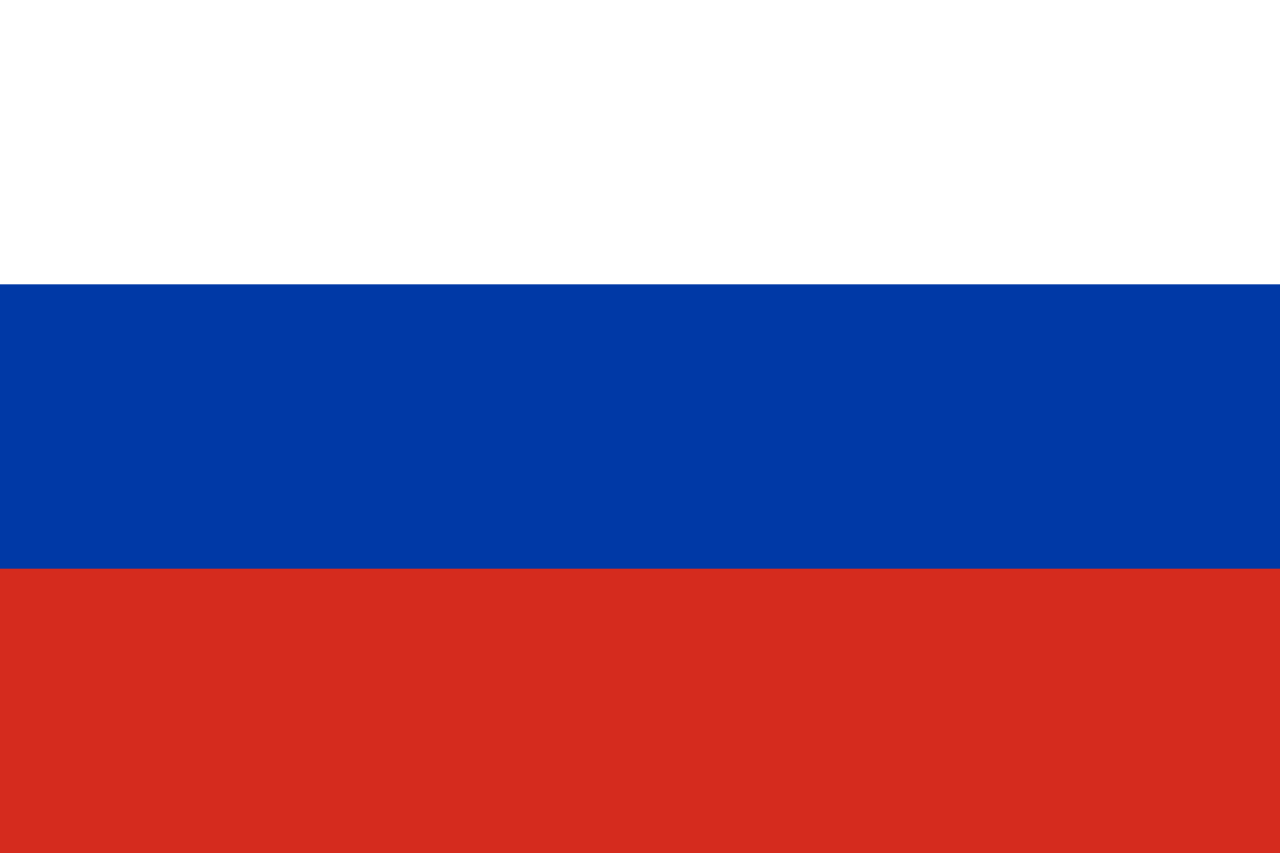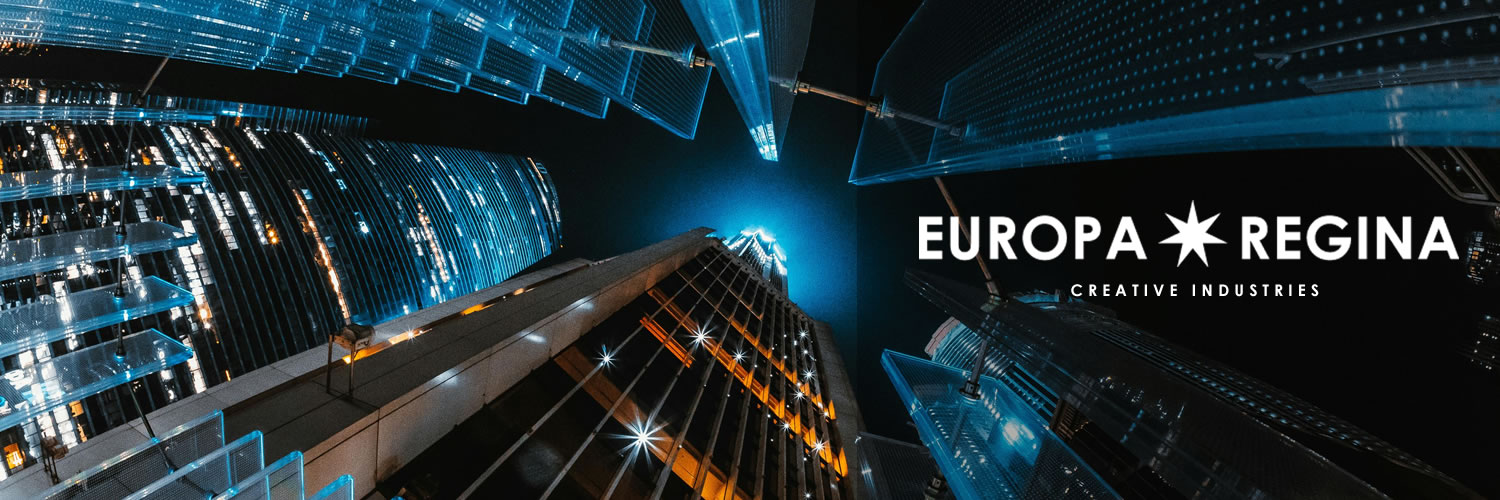Creative Industries Russia
Global Development Russia at Red Yellow Blue (RYB)
Creative Industries in Russia are vast and diverse, reflecting the country’s rich cultural heritage and its evolving role in the global creative economy. From fashion and design to film, music, and digital arts, Russia is home to a thriving creative sector that blends traditional Russian culture with contemporary global trends. Despite facing challenges, including political and economic factors, Russia’s creative industries continue to play a significant role in shaping the country’s identity and international presence.


Key Sectors
- Fashion and Design
Russia’s fashion industry has grown in prominence in recent years, with Moscow and St. Petersburg serving as the main hubs for fashion design and retail. Russian designers are known for their unique blend of modern aesthetics with traditional Russian elements, often incorporating intricate embroidery, luxurious fabrics, and bold colors. Russian Fashion Week, held in Moscow, is one of the major events that showcase local talent alongside international designers. Russian fashion has also gained recognition abroad, with designers like Ulyana Sergeenko and Igor Chapurin achieving success on the global stage. - Film and Animation
Russia has a rich tradition of cinema, with filmmakers like Andrei Tarkovsky and Sergei Eisenstein gaining international acclaim for their contributions to the art of filmmaking. Today, Russia continues to produce a variety of films, from historical dramas to action-packed blockbusters, with increasing success in both domestic and international markets. The Russian film industry is supported by government funding, and festivals like the Moscow International Film Festival and the St. Petersburg International Film Festival help to promote Russian cinema globally. Russian animation is also gaining traction, with animated films like “The Snow Queen” and “Kikoriki” gaining international audiences. - Music
Russia’s music scene is diverse, spanning classical, folk, rock, electronic, and pop music. Classical music holds a special place in Russian culture, with the country producing some of the world’s most renowned composers, such as Pyotr Ilyich Tchaikovsky and Sergei Rachmaninoff. Today, Russia’s music scene continues to thrive, with classical music concerts, opera performances, and ballet attracting global attention. The contemporary music scene is also dynamic, with a growing electronic music and indie rock scene, particularly in cities like Moscow and St. Petersburg. Russian pop stars like Alla Pugacheva and Dima Bilan have gained widespread popularity, and Russia regularly participates in the Eurovision Song Contest. - Digital Arts and Gaming
Russia has a rapidly growing digital arts and gaming industry. The country is home to a number of successful gaming companies, such as 1C Company, Mail.ru, and Wargaming.net, which have produced internationally recognized games like “World of Tanks” and “World of Warships.” The gaming industry is supported by a large pool of talented developers and programmers, and Russia is increasingly becoming a hub for gaming innovation. Additionally, Russia’s digital arts sector, including graphic design, animation, and interactive media, is expanding, with Russian artists gaining recognition for their work in digital art exhibitions and online platforms.
Trends
- Globalization and International Collaboration: Russia’s creative industries are increasingly globalized, with Russian designers, filmmakers, musicians, and artists collaborating with international counterparts. Russian fashion designers showcase their collections at global fashion weeks, and Russian filmmakers participate in international film festivals. The country’s music scene also benefits from global exposure, with Russian musicians performing at international venues and festivals. These collaborations are helping to raise Russia’s profile as a creative powerhouse.
- Technology and Innovation: The integration of technology in Russia’s creative industries is a defining trend. The gaming industry, in particular, has embraced technological advancements, with virtual reality (VR), augmented reality (AR), and artificial intelligence (AI) being incorporated into gaming and digital art. Russian filmmakers are also experimenting with new technologies, such as motion capture and CGI, to enhance their productions. The use of social media and digital platforms has enabled Russian creators to reach global audiences, and online streaming services like Yandex.Music and ivi.ru are gaining traction.
- Cultural Heritage and National Identity: Many Russian artists and creators are drawing on the country’s rich cultural heritage in their work. Traditional Russian art forms, such as folk music, embroidery, and icon painting, are being reinterpreted in modern contexts. The preservation of cultural heritage is a key focus in Russian design, with a growing interest in sustainable and locally sourced materials. This trend reflects a desire to maintain a connection to Russia’s past while embracing contemporary creative practices.
Challenges and Opportunities
While Russia’s creative industries continue to thrive, they face several challenges. Political and economic factors, such as government censorship and limited access to international markets, can hinder the growth of the sector. Additionally, Russia’s creative industries are often affected by global sanctions, which can restrict the flow of foreign investment and collaboration.
However, Russia’s creative industries also offer significant opportunities. The country’s large and diverse population provides a strong domestic market for creative products, and the growing interest in Russian culture abroad presents opportunities for international expansion. The government has taken steps to support the creative sector, including funding for film production and the establishment of creative hubs in major cities.
Russia’s creative industries are a vital and growing part of the country’s cultural and economic landscape. With its rich history, talented professionals, and increasing global recognition, Russia continues to make significant contributions to the world’s creative economy. From fashion and film to music and gaming, Russia’s creative industries are shaping a new narrative for the country, one that highlights innovation, cultural heritage, and artistic expression. Despite challenges, Russia’s creative sectors are poised for continued growth and success on the global stage.
RANEPA: The Future of Creative Industries in Russia
Feb 4, 2021 – The volume of the world market for creative industries, according to UNESCO, is 3% of world GDP. In Russia, growth in this area has reached 10% annually over the past two years. In the entertainment and media industry alone, it amounted to $ 21.7 billion in 2018, and $ 23.6 billion in 2019. However, this industry was among the worst hit by the pandemic. New activities are emerging at the intersection of creative services, digital services and high-tech products. Already, Moscow and St. Petersburg are successfully competing with the leading creative capitals of the world, such as London, New York, generating 9.5% and 7% of GRP, respectively (the share of the creative industry in London is 11.1%, New York – 13%.). However, on a national scale, the share of creative industries in the country’s economy is relatively small. The Spatial Development Strategy of Russia adopted in 2019 is designed to even out this imbalance. The strategy provides for generation of a concept for development of creative industries as one of the key elements of its implementation. This will give a powerful impetus to development of this area, which is especially in demand in the regions and urban agglomerations, which will make it possible to achieve the indicators of the leading countries, where the share of the creative economics in terms of GDP reaches 10%.
RANEPA: The Future of Creative Industries in Russia
Jan 15, 2021
Russian Creativity Week heralds a new era for the creative industries in Russia
Sep 11, 2020 – A new platform aimed at realizing the economic potential of Russia’s creative industries launches today in Gorky Park. Aligning with the UN’s International Year of Creative Economy for Sustainable Development, Russian Creativity Week will host over 500 events, including a business forum, lectures, masterclasses, installations and performances.
> prnewswire.com/russian-creativity-week
> roscongress.org/rossiyskaya-kreativnaya-nedelya
> brandnewworld.ru/russian-creativity-week-video-concept-and-production
Creative cities
Meet the new generation of Russian innovators from Moscow to Yekaterinburg
The Calvert Journal was launched as a project of Calvert 22 Foundation in March 2013. Today, the Journal is the world’s leading publication for culture, innovation, photography and travel in the New East.
> calvertjournal.com/creative-cities
100 Most Creative Russians
100 Most Creative Russians is a list of outstanding individuals and teams that make up the emerging creative sector of Russian economy (1—3% of GDP). They are businessmen, managers and creators who make a significant impact in their respective industries.
> 100mcr.com
Population: 140,820,810
Capital: Moscow
Internet country code: .ru
Economy
Russia has undergone significant changes since the collapse of the Soviet Union, moving from a centrally planned economy towards a more market-based system. Both economic growth and reform have stalled in recent years, however, and Russia remains a predominantly statist economy with a high concentration of wealth in officials’ hands. Economic reforms in the 1990s privatized most industry, with notable exceptions in the energy, transportation, banking, and defense-related sectors. The protection of property rights is still weak, and the state continues to interfere in the free operation of the private sector.
Russia is one of the world’s leading producers of oil and natural gas, and is also a top exporter of metals such as steel and primary aluminum. Russia is heavily dependent on the movement of world commodity prices as reliance on commodity exports makes it vulnerable to boom and bust cycles that follow the volatile swings in global prices. The economy, which had averaged 7% growth during the 1998-2008 period as oil prices rose rapidly, has seen diminishing growth rates since then due to the exhaustion of Russia’s commodity-based growth model.
A combination of falling oil prices, international sanctions, and structural limitations pushed Russia into a deep recession in 2015, with GDP falling by close to 2.8%. The downturn continued through 2016, with GDP contracting another 0.2%, but was reversed in 2017 as world demand picked up. Government support for import substitution has increased recently in an effort to diversify the economy away from extractive industries.

